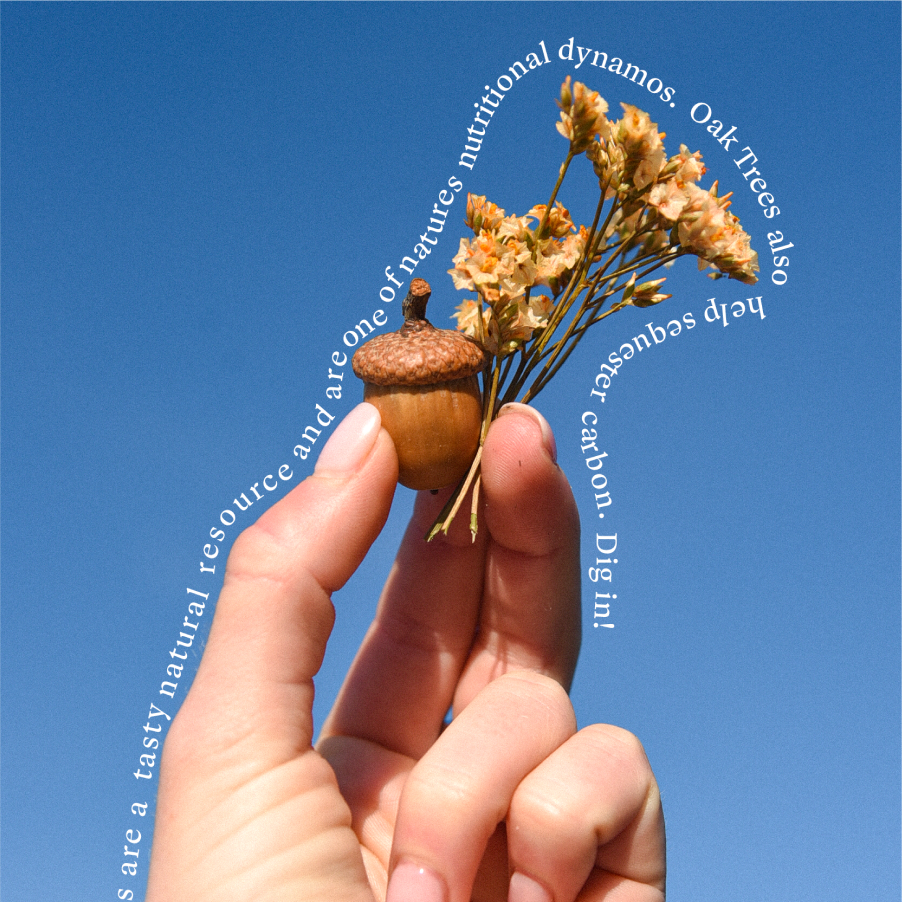
What do we mean by heirloom, wildcrafted and heritage foods?
When I think of food and how it is produced, there is something of a continuum that runs from “ideal” and more “sustainable” on one side while far on the other side is the opposite: toxic farm practices, and genetically questionable seeds that have no proven history of being safe for human consumption. By genetically questionable seeds I’m not necessarily talking about seeds that have been hybridized; rather those that have been genetically engineered to cross actual species. Crossing salmon genes with tomatoes for instance. This practice, in our view, would be firmly placed in the toxic camp. A score of zero in the “is this good for anything?” group. On the “purer” side of the scale, I would categorize foods that have not been genetically engineered, and perhaps even harvested in the wild, with less toxic farm practices to get from farm to table. In our Folk Revival keto hot cereal cups we have made every effort to source and stick with the very best ingredients. We are, after all, an heirloom food company. By seeking heirloom and heritage ingredients, we are sourcing foods like hemp and chia that have been passed down for generations. By wildcrafted, we mean harvested as close to “in the wild state” like our acorns and blueberries. We believe the benefits of these simple ingredients are not only self-evident, they have proven out over thousands of years as nutritionally superior, sustainable foods.
By wildcrafted, we are not necessarily talking about me personally wandering around gathering acorns and blueberries to put in the cups. But this would in theory be possible! The farm practices are such that the acorns and blueberries are harvested “wild-ish,” from bushes and trees that are managed by farmers in their wild state. For instance, the blueberries that are harvested are coming from fields that have been wild blueberry fields since before Leif Erikson and his team of Vikings crossed the pond. The genetics are the same and the fields look much the same as they did centuries ago. If anything, the fact that there are still wild blueberry fields is a testament to the tenacity of this wild food; such strength is also perfectly mirrored in their superior nutrient profile. In the case of wild acorns, it is similar. Oaks that have been a vital part of mixed species forests are carefully managed in ways that perpetuate the species and allow us to benefit from their offerings. And the tradition of harvesting acorns and blueberries from the wild predates agriculture itself, so we can rest assured that doing so has stood the test of time; we are perpetuating a practice that has been around as long as we humans have been on the planet.
Folk Revival cereal cups also include heritage ingredients, like chia. Chia is most definitely a non engineered, heritage crop; it was domesticated by the Mayas and Aztecs, predating Columbus’s arrival by at least 4500 years. The people must have valued this food, in part, due to its awesome nutrient profile; it is a great source of polyunsaturated fatty acids and soluble dietary fiber, containing an appreciable amount of proteins (26%) and further is a vital source of antioxidants, such as chlorogenic and caffeic acids, quercetin and kaempferol. Packed with B-vitamins and lacking gluten, this food is used medically to help alleviate diabetes, heart disease, hypertension and obesity (Marcinek & Krejpcio, 2017; Melo, D., et al., 2019). The Raramuri, renowned for their unusually glowing health, have long used chia as a dietary staple; they eat this seed (soaked first) as fuel on their 100 mile runs (McDougall, 2011). As a heritage food it is fast taking off; Chia is no longer only grown on a small scale in Mexico but now also as a field crop in places like India, Argentina, and Nigeria. (Awesome CHIA SEEDS Cultivation Technology And Harvest - CHIA SEEDS Healthy Benefits | Happy Farm, 2021). We have so many reasons to include chia in the blend of heritage and heirloom ingredients.
In sum, we at Folk Revival like to think of heritage, wildcrafted, and heirloom foods as being on the net positive side of the food “purity” continuum. We firmly believe that these things matter, and are on a mission to nourish, educate and inspire. These heritage, heirloom and wildcrafted ingredients have stood the test of time as sustainable, nutritious human foods. We ask ourselves, why not stick with what works and has worked for thousands of years? We intend to do so with every cup and future item we offer.
References
Awesome CHIA SEEDS Cultivation Technology And Harvest - CHIA SEEDS Healthy Benefits | Happy Farm. (2021, May 4). YouTube. Retrieved February 12, 2023, from Awesome CHIA SEEDS Cultivation Technology And Harvest - CHIA SEEDS Healthy Benefits | Happy Farm
Marcinek, K., & Krejpcio, Z. (2017). Chia seeds (Salvia hispanica): health promoting properties and therapeutic applications – a review. Roczniki Panstwowego Zakladu Higieny, 68(2), 123–129.
McDougall, C. (2011). Born to run. Vintage Books.
Melo, D., , Machado, T. B., , & Oliveira, M. B. P. P., (2019). Chia seeds: an ancient grain trending in modern human diets. Food & function, 10(6), 3068–3089. https://doi.org/10.1039/c9fo00239a



 WINTER DEALS LIVE NOW
WINTER DEALS LIVE NOW






